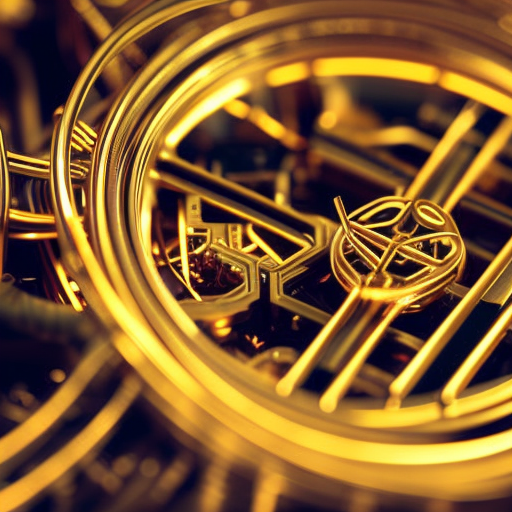Summary:
Control systems are an essential part of many technological applications, ranging from industrial processes to everyday devices. These systems are designed to regulate and manipulate the behavior of a system or process to achieve desired outcomes. They rely on feedback mechanisms and mathematical models to continuously monitor and adjust the system’s parameters. Control systems can be classified into two main types: open-loop and closed-loop systems. Open-loop systems provide a predetermined input to the system without considering the output, while closed-loop systems use feedback to adjust the input based on the output.
Open-Loop Control Systems:
Open-loop control systems are simple and straightforward. They provide a fixed input to the system, regardless of the output or the system’s current state. These systems do not have any feedback mechanism to monitor or adjust the output. Examples of open-loop control systems include automatic washing machines, traffic signal timers, and microwave ovens. While open-loop systems are relatively easy to implement, they are not suitable for processes that require precise control or are subject to disturbances.
Closed-Loop Control Systems:
Closed-loop control systems, also known as feedback control systems, are more sophisticated and versatile. They continuously monitor the output of the system and compare it to the desired value or setpoint. If there is a difference between the actual output and the desired value, the control system takes corrective actions to minimize the error. This feedback mechanism allows closed-loop systems to adapt to changes in the system or external disturbances. Examples of closed-loop control systems include temperature control in HVAC systems, cruise control in automobiles, and autopilot systems in aircraft.
Components of a Control System:
A control system consists of several key components. The sensor or transducer measures the output or the system’s current state and converts it into a suitable form for processing. The controller processes the sensor’s input and generates the appropriate control signal. The actuator receives the control signal and converts it into a physical action to manipulate the system. Finally, the feedback loop compares the actual output with the desired value and provides the necessary information for the controller to adjust the control signal.
Types of Controllers:
Controllers are responsible for generating the control signal based on the feedback information. There are several types of controllers, including proportional (P) controllers, integral (I) controllers, derivative (D) controllers, and combination controllers (PID). Proportional controllers adjust the control signal in proportion to the error between the actual output and the desired value. Integral controllers integrate the error over time to eliminate steady-state errors. Derivative controllers consider the rate of change of the error to anticipate future behavior. PID controllers combine all three types to achieve optimal control performance.
Applications of Control Systems:
Control systems have a wide range of applications across various industries. In manufacturing, control systems are used to regulate processes such as temperature, pressure, and flow rate. They ensure consistent product quality and improve efficiency. In transportation, control systems are employed in vehicles to maintain stability, optimize fuel consumption, and enhance safety. Control systems are also used in robotics, aerospace, power systems, and many other fields where precise control and automation are required.
Conclusion:
Control systems play a crucial role in regulating and manipulating the behavior of various processes and systems. They rely on feedback mechanisms and mathematical models to continuously monitor and adjust the system’s parameters. Open-loop control systems provide a fixed input without considering the output, while closed-loop control systems use feedback to adjust the input based on the output. Control systems consist of components such as sensors, controllers, actuators, and feedback loops. Different types of controllers, including proportional, integral, derivative, and combination controllers, are used to generate the control signal. Control systems find applications in manufacturing, transportation, robotics, and many other industries where precise control and automation are essential.












